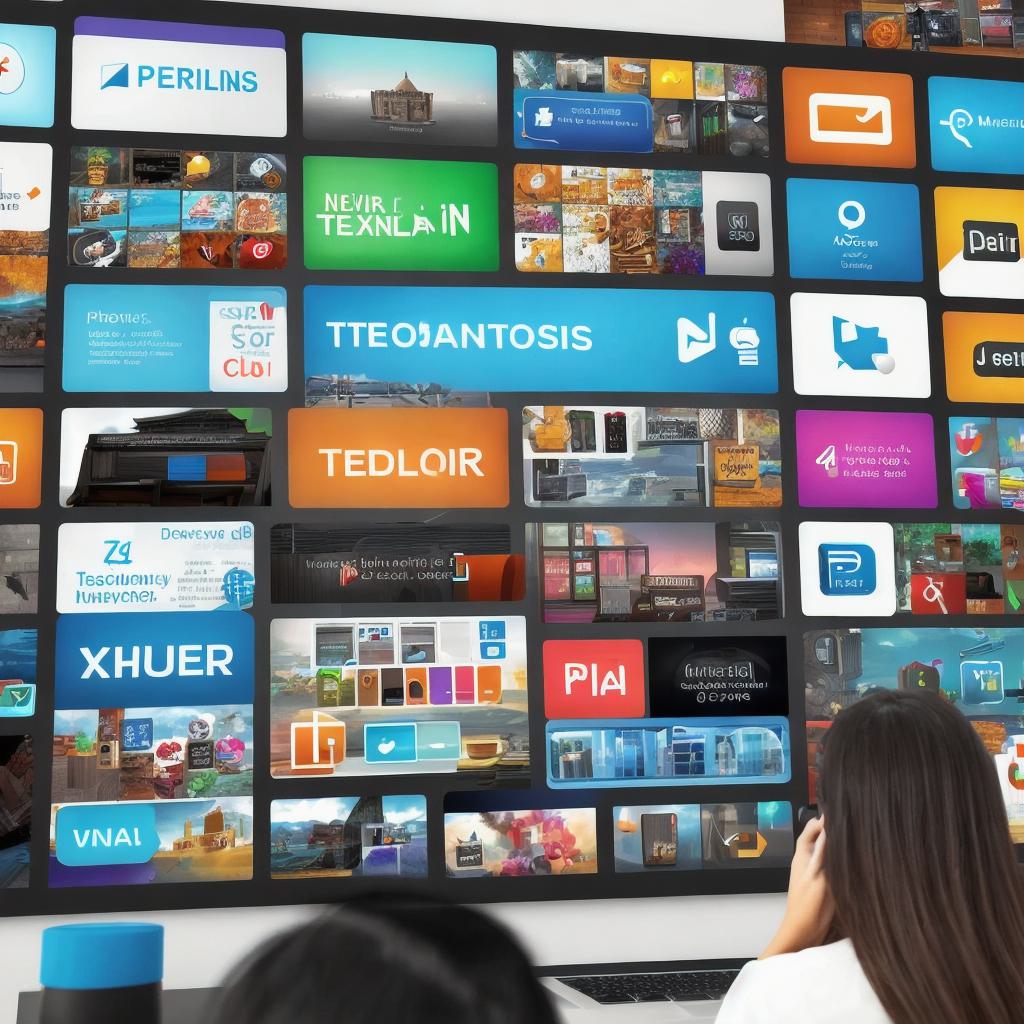The metaverse, a virtual world where users can interact in a 3D environment, was once hailed as the future of the internet. However, despite initial excitement and investment, the metaverse has yet to realize its full potential. In this article, we’ll explore why the metaverse failed to take off, and what lessons we can learn from its shortcomings.
Lack of Interoperability
One significant reason for the metaverse’s failure was the lack of interoperability between different platforms. This means that users couldn’t easily move their avatars or digital assets between different virtual worlds, limiting the appeal and utility of each individual metaverse. For example, a user might have spent hours designing and customizing an avatar in one platform, but they wouldn’t be able to use it in another.
Absence of Killer Apps

Another factor contributing to the metaverse’s failure was the absence of "killer apps" that would make it essential for everyday use. While there have been some interesting experiments and prototypes, nothing has emerged as a must-have application that would drive widespread adoption. For instance, social media platforms like Facebook and Twitter have become ubiquitous because they offer value to users in their daily lives, such as connecting with friends and staying informed about current events.
Technical Challenges
The metaverse also faced significant technical challenges that made it difficult for developers to build and scale virtual worlds. These challenges included graphics rendering, network latency, and user interface design, among others. For example, creating a seamless 3D experience with high-quality visuals can be computationally intensive, making it challenging to deliver an enjoyable experience to users with lower-end hardware.

Lack of Standardization
Another reason for the metaverse’s failure was the lack of standardization across different platforms. Without a common set of standards and protocols, it was difficult for developers to build applications that would work seamlessly across multiple virtual worlds. This fragmentation made it harder for users to engage with the metaverse as a whole, limiting its potential reach and impact.
**Summary: Learning from the Metaverse’s Shortcomings**
While the metaverse has yet to achieve widespread success, we can learn valuable lessons from its shortcomings. By addressing the challenges of interoperability, killer apps, technical difficulties, and standardization, we can create virtual worlds that offer meaningful experiences and drive engagement. As technology continues to evolve, it’s essential that we apply these insights to build a more vibrant and inclusive metaverse for everyone.
